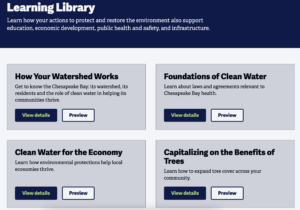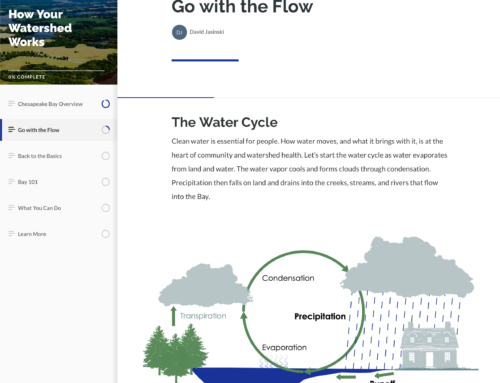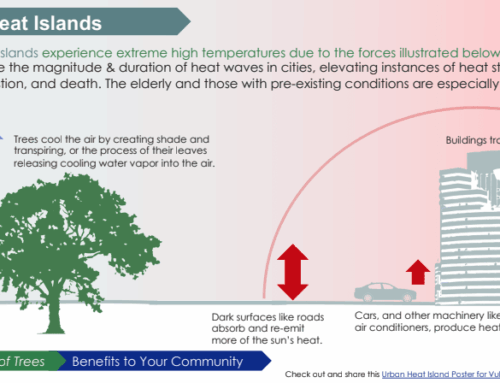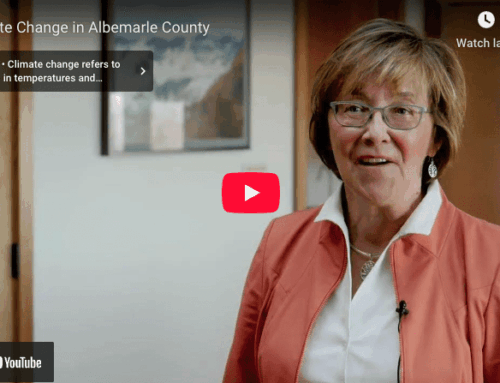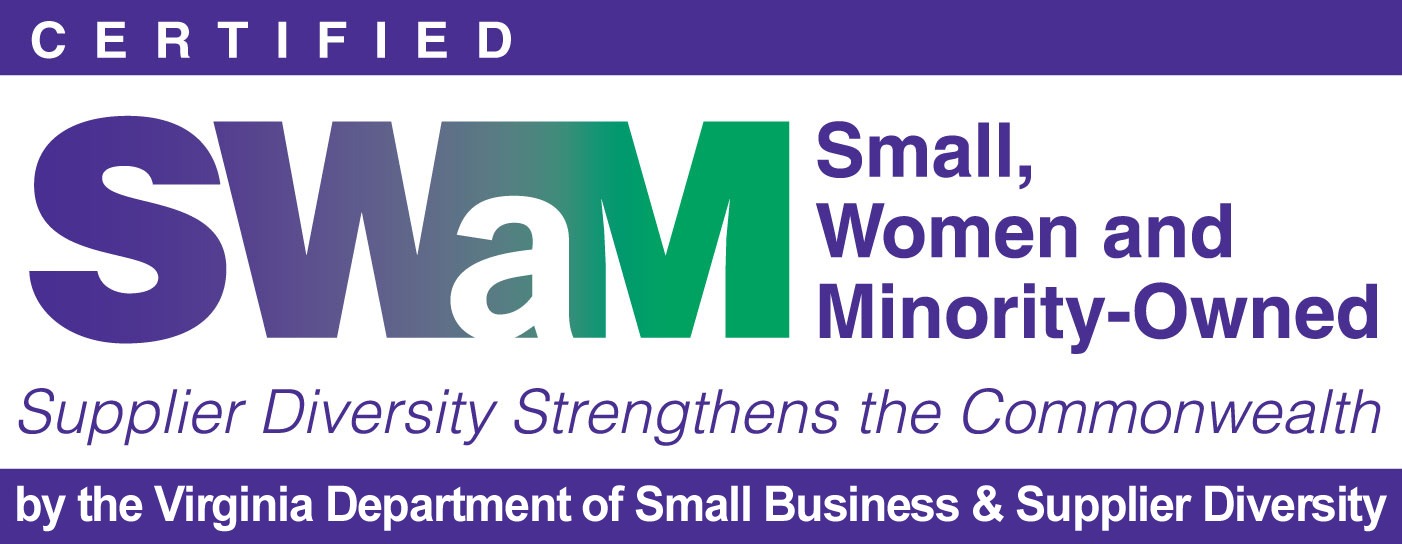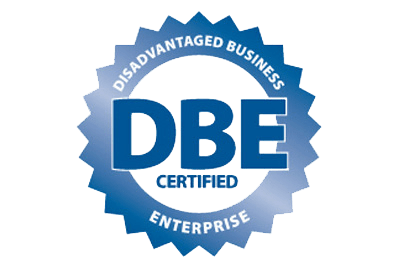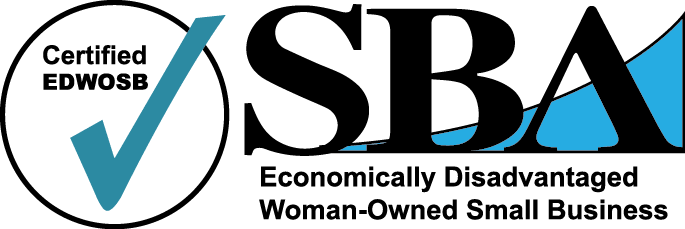The first Earth Day in 1970 is typically heralded as the beginning of the modern environmental movement. Senator Gaylord Nelson pulled together a bipartisan coalition to bring attention to the state of our environment. They recruited a young activist, Denis Hayes, and focused on college campuses to harness the passion and energy of young adults and those who, without collective action, would inherit the environmental disasters. The date April 22nd was chosen because it fell in between spring break and final exams- and perhaps also to echo the themes in Rachel Carson’s book, Silent Spring.
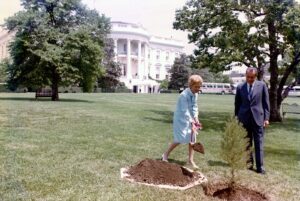
51 years later we’re still celebrating Earth Day and its significance. It’s been a rallying cry for us to remember our connections to the environment and protect our planet. The movement was successful in catalyzing change, including removing lead from gasoline – and in turn, the air we breathe, protecting our rivers from toxic pollution, decreasing the use of pesticides and herbicides that wreak havoc on the ecosystem, and more. In short, the act of creating Earth Day has been a win.
All because a few people had a brilliant idea to capture the public’s attention. The campaign had a powerful objective (promising a greener, healthier future), was focused on a specific audience, had clear messages for that audience, and used compelling visuals (including rivers on fire, oil spills on beaches). Clear audience, message, visuals, and objectives (why it’s important).
How can you apply the lessons from Earth Day? Keep reading for a deeper dive into each of these best practices.
Objectives
First thing’s first: think about what it is that you want to accomplish with your campaign. Having an objective, and distilling why reaching that objective matters, is important for all of the other best practices that follow. Using the Earth Day example, the objective was to raise awareness about the changes needed to stop the degradation of the environment; the importance was human health and quality of life. Honestly, these objectives could also be applied to most environmental efforts ongoing today!
Specific Audience
With an objective in mind, you can start to think about who you need to reach in order to meet your objective. Who do you want to be aware of the problem? Who has the power to enact the changes that you want to see? Focusing on a specific audience will generate more impact for less effort. Thinking back to the first Earth Day, the audience that needed to be aware of our planetary distress in order to motivate change was the younger generation, which would be running the show in the near future.
Clear Messages
Having a focused message, rather than a firehose of information, will also increase the success of your communication efforts. Crafting the right message requires you to know your specific audience and what will motivate them to advance your objective. We must think carefully about what we want the audience to do as the result of the campaign, sometimes also called the “call to action” or the “ask”. In the case of Earth Day, the call was for young people to gather on April 22nd and demonstrate on campuses and in public places to raise awareness and show support for a greener future.
Visualizations
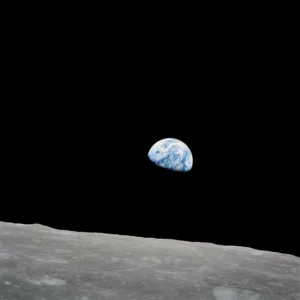 There were many compounding events and movements that brought about the first Earth Day, but one key moment was the release of the photo Earthrise, taken during the Apollo 8 mission in 1968. The photo was extremely influential and helped people across the globe understand that our planet was finite and we are its keepers. Photos can inspire, inform, and influence mindsets/emotions. Nowadays, capturing photographs is easier than ever; we all hold a quality advanced camera in our pockets thanks to impressive smartphone technology. Humans are very visual beings, which extends past just photography. Graphics are a great way to explain complicated information in an intuitive way. Even just including icons can break up a wall of text, enhance comprehension, and improve memorability.
There were many compounding events and movements that brought about the first Earth Day, but one key moment was the release of the photo Earthrise, taken during the Apollo 8 mission in 1968. The photo was extremely influential and helped people across the globe understand that our planet was finite and we are its keepers. Photos can inspire, inform, and influence mindsets/emotions. Nowadays, capturing photographs is easier than ever; we all hold a quality advanced camera in our pockets thanks to impressive smartphone technology. Humans are very visual beings, which extends past just photography. Graphics are a great way to explain complicated information in an intuitive way. Even just including icons can break up a wall of text, enhance comprehension, and improve memorability.
Best Practices in Practice
We recently used all of the strategies described above in a set of modules meant to be a resource for local government officials to understand how actions to protect the environment can have economic and other benefits in their communities. The Chesapeake Bay Program has a list of goals and outcomes for the Chesapeake Bay, and they realized that many of the people making the decisions that affect those outcomes were local government officials. They had not focused on local officials as an audience in their communication efforts before. We worked with them to create seven educational modules for local officials on a variety of high-impact topics; the full list is linked below.

- Foundations of Clean Water
- Clean Water for the Economy
- Capitalizing on the Benefits of Trees
- Preserving Local Character and Landscapes
- Protecting Your Infrastructure Through Stormwater Resilience
- Building the Workforce of Today and Tomorrow
The first step was to understand what our local government audience needed; we found their priorities to be the economy, public health and safety, infrastructure financing and maintenance, and education. Keeping these key priorities in mind, we framed all of our research and statistics in a way that was relevant for them. We were able to use these priorities to sharpen our messages and make sure that they were clear to our audience. We further clarified our messaging by including an actionable list of first steps to take, leaving no ambiguity about what to do with the new information learned. Beyond researching, curating, and framing the content, we included a lot of visuals. Photographs were used to give context and add human dimensions to technical challenges and infographics explained complex systems more intuitively and with less space than text could have.
This Earth Day, use the time-tested methods that made the first Earth Day a success. If you want to talk with us about how we can be your partner in that effort, use the contact form on our website, email us, or call us. Happy Earth Day from the Green Fin team!

